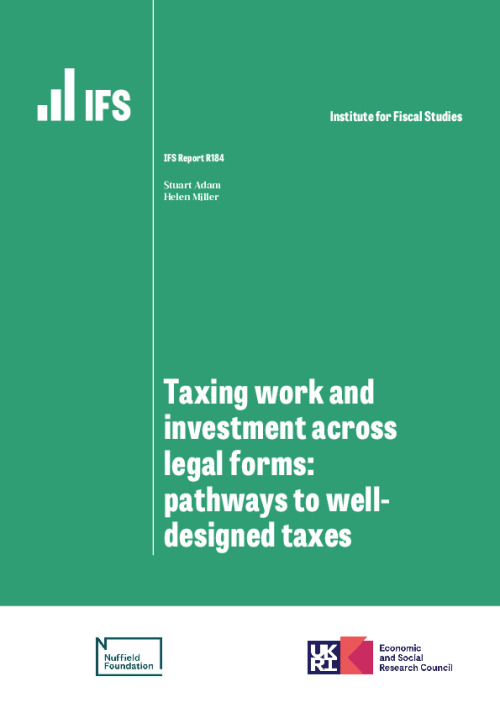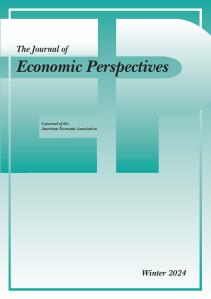The parts of the UK tax system that dictate how different forms of income are taxed are of central importance and are not fit for purpose. There is a large, unjustified and problematic bias against employment and labour incomes and in favour of business ownership and capital incomes. The tax treatment of returns to investment is a mess: incentives vary depending on the asset type, source of finance and legal structure involved and range from large subsidies to large penalties. And this is just the start; the list of problems is long. Some problems are high profile and periodically subject to tinkering. Others are so baked into the system that they are generally overlooked, yet are no less problematic.
There is growing pressure on the current system, notably as a result of rapid growth in the number of people working through their own business (business owner-managers have been the fastest-growing part of the labour market since at least the early 2000s) and increasing strain at the boundary between employment, self-employment and incorporation. Different groups are unhappy with the current system for different reasons: some worry about exploitation of the low-income self-employed, some about inequality related to low capital income taxes at the top of the income distribution and others about complexity and disincentives to enterprise. But these disparate groups seem increasingly united in thinking the current system is not working.
In this report, we seek to give people the information and tools needed to: (i) understand the range of problems with the current system for taxing different legal forms of work and how radical reform could largely or completely fix most of them; and (ii) devise smaller reforms that would move the system in the right direction while mitigating the trade-offs inherent in partial reforms.
Key findings
- Preferential tax rates for business owner-managers cannot be justified by differences in social security benefits or employment rights and are poorly targeted at incentivising entrepreneurship. The differential tax rates create inefficiency, unfairness, complexity and revenue loss.
- The tax base distorts investment decisions. Subsidies for borrowing sit alongside penalties for equity investment. Risk-taking is discouraged. These problems would be more severe if inflation and interest rates were higher.
- The ‘big-picture solution’ involves reforming the tax base to remove distortions to the level, type and financing of investment while aligning overall marginal tax rates across all forms of income. There is more than one way to achieve these outcomes.
- Partial reforms involve important trade-offs. Problems caused by flaws in the tax base would grow quickly if tax rates on income from business increased in isolation. There is a range of ways in which individual policy reforms could be packaged together to manage trade-offs.











